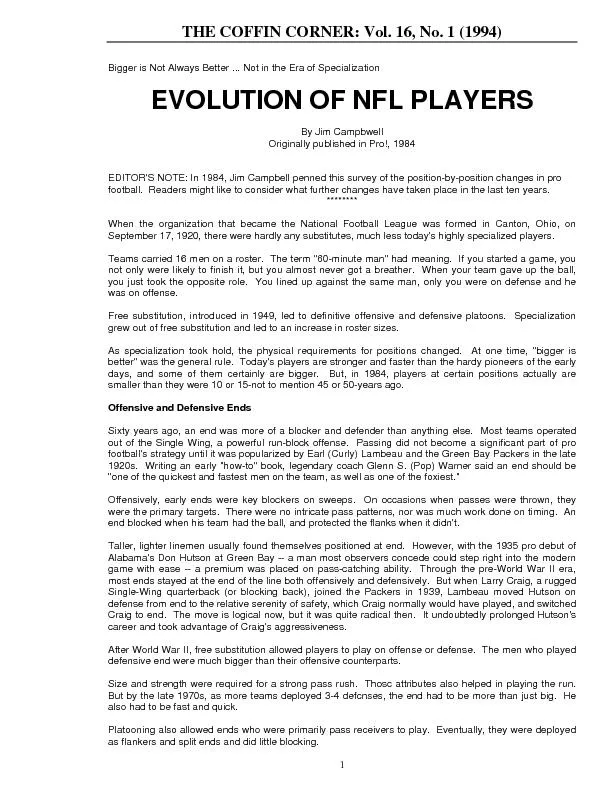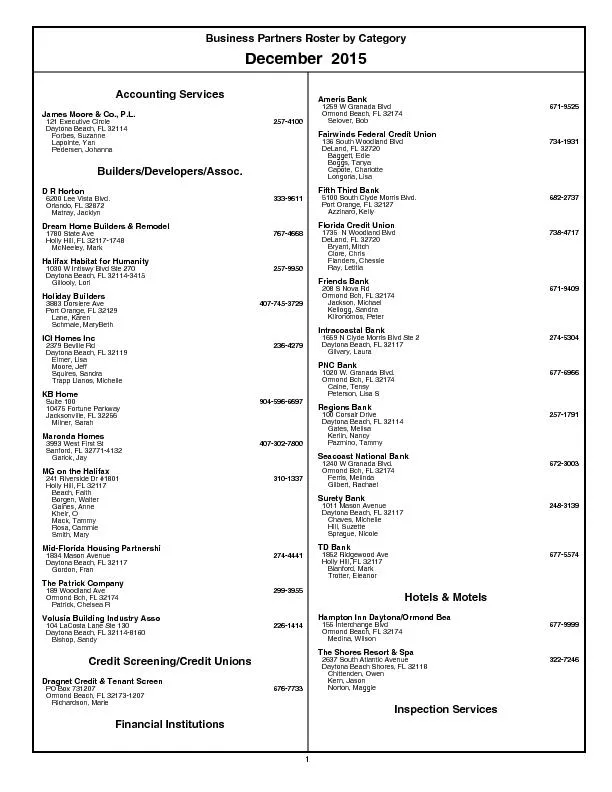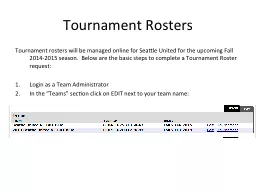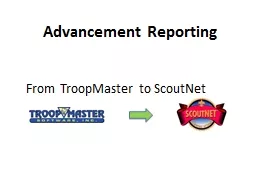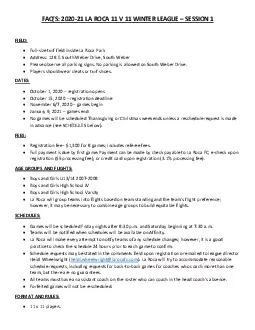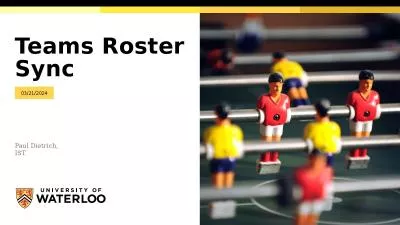PDF-Teams carried 16 men on a roster. The term "60-minute man" had meanin
Author : alexa-scheidler | Published Date : 2016-06-07
Offensive and Defensive Ends Sixty years ago an end was more of a blocker and defender than anything else Most teams operated out of the Single Wing a powerful runblock
Presentation Embed Code
Download Presentation
Download Presentation The PPT/PDF document "Teams carried 16 men on a roster. The t..." is the property of its rightful owner. Permission is granted to download and print the materials on this website for personal, non-commercial use only, and to display it on your personal computer provided you do not modify the materials and that you retain all copyright notices contained in the materials. By downloading content from our website, you accept the terms of this agreement.
Teams carried 16 men on a roster. The term "60-minute man" had meanin: Transcript
Download Rules Of Document
"Teams carried 16 men on a roster. The term "60-minute man" had meanin"The content belongs to its owner. You may download and print it for personal use, without modification, and keep all copyright notices. By downloading, you agree to these terms.
Related Documents

